If you’re dreaming of a destination that combines adventure, wildlife, and paradise beaches, then Tanzania should be right at the top of your travel bucket list. This East African gem offers the world’s most iconic safari experiences, the tallest mountain in Africa, and some of the most beautiful islands on the planet.
Whether you’re here for the Great Migration, a romantic getaway in Zanzibar, or to conquer Mount Kilimanjaro, Tanzania offers something unforgettable for every traveler.
Here are the 10 best things to do in Tanzania — a complete guide that blends safari, adventure, and culture for your perfect trip.
1. Witness the Great Migration in the Serengeti
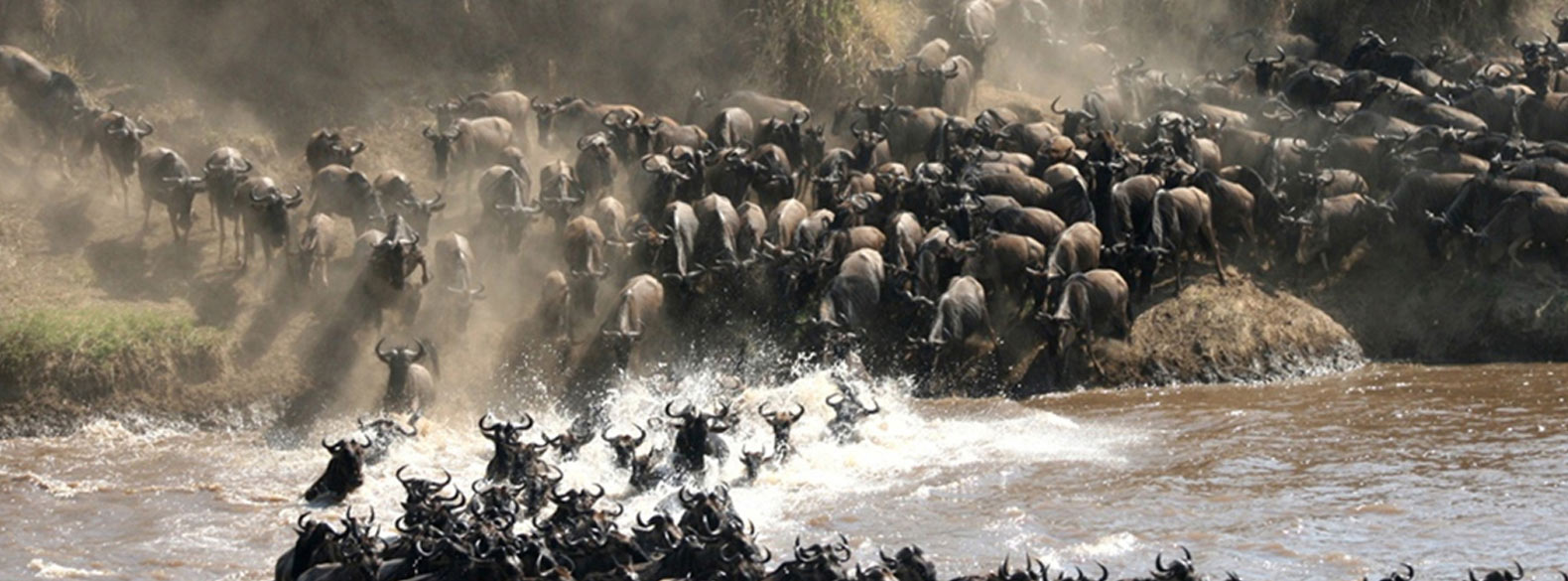
Few natural events on Earth match the raw drama and breathtaking scale of the Great Migration in Tanzania’s Serengeti National Park. Every year, over 1.5 million wildebeest, 200,000 zebras, and thousands of gazelles move in a rhythmic cycle across the endless plains, following the rains in search of fresh grazing. This phenomenon, visible from space, is one of the greatest wildlife spectacles on the planet.
From June to September, the Serengeti bursts to life with thundering herds and fierce predator action. Lions stalk the open grasslands, crocodiles wait at river crossings, and vultures soar overhead. It’s a living documentary of nature’s balance between survival and instinct. For photographers and wildlife lovers, this is the moment that defines Africa.
The Serengeti is vast — nearly the size of Belgium — offering different experiences depending on when and where you visit. The Seronera Valley provides year-round game viewing, while the Grumeti and Mara Rivers in the north host the most dramatic crossings as wildebeests brave crocodile-infested waters.
Hot-air balloon safaris at sunrise provide an unforgettable view — golden light spilling over acacia trees, herds below stretching to the horizon. In the evenings, you can relax in luxury tented camps or eco-lodges under a blanket of stars.
The Great Migration isn’t just a spectacle; it’s a humbling reminder of nature’s grand design. Whether it’s your first safari or your tenth, witnessing this timeless journey across the Serengeti is an experience that will stay with you forever. For river-crossing season packages, see our Wildebeest Mara River Crossing tour.
2. Explore the Ngorongoro Crater – Africa’s Natural Wonder
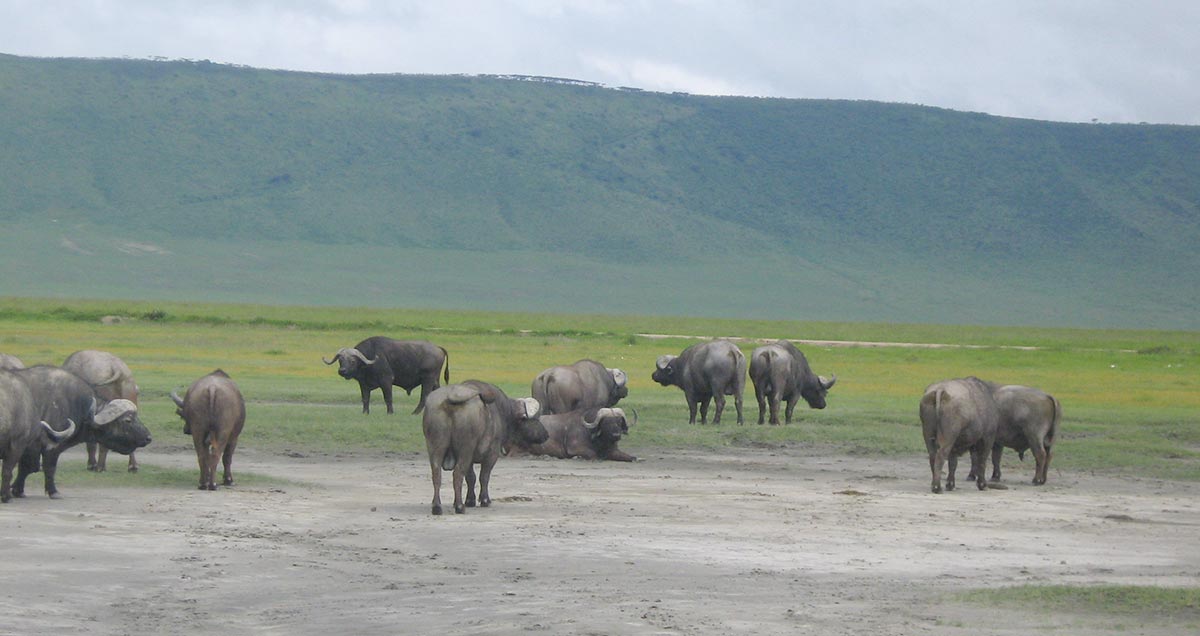
Known as the Eighth Wonder of the World, the Ngorongoro Crater is one of Tanzania’s most spectacular landscapes. Formed millions of years ago by a massive volcanic explosion, this vast caldera stretches 19 kilometers across and shelters one of the densest populations of wildlife in Africa. Its rich ecosystem — from lush grasslands to shimmering lakes — makes it a must-see destination for any Tanzania itinerary.
Descending 600 meters to the crater floor feels like entering a natural amphitheater of life. Everywhere you look, animals roam freely — lions lounging in the grass, elephants grazing near the swamps, zebras and wildebeests mingling with graceful gazelles. The crater is also one of the few places in Tanzania where you might spot the endangered black rhinoceros, completing your “Big Five” checklist in a single day.
Birdwatchers will find the soda lake at the center dazzling with flamingos, pelicans, and other migratory birds. During the dry season (June–October), wildlife viewing is exceptional, while the green season (November–May) transforms the crater into a vibrant paradise.
Beyond the wildlife, the Maasai communities living on the crater’s rim add a cultural dimension to your visit. These semi-nomadic herders have coexisted with the region’s wildlife for centuries, preserving a harmonious balance between people and nature.
With its blend of staggering scenery, biodiversity, and cultural heritage, the Ngorongoro Crater isn’t just another safari stop — it’s one of Africa’s greatest natural masterpieces, a place where every moment feels like a scene from a living planet documentary.
3. Conquer Mount Kilimanjaro – Africa’s Highest Peak
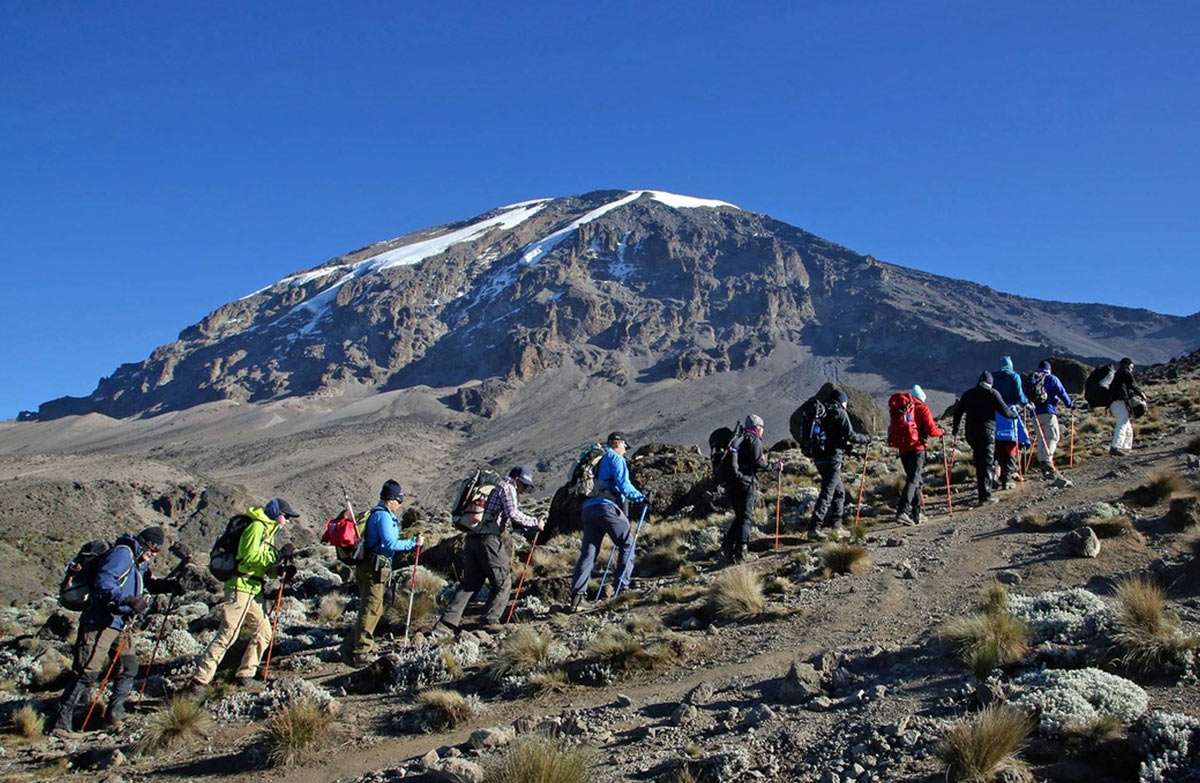
For adventure seekers, climbing Mount Kilimanjaro is one of the world’s most iconic bucket-list experiences. Rising 5,895 meters above sea level, “Kili” stands as the highest free-standing mountain on Earth and a true symbol of Africa’s natural majesty. Though it appears intimidating, the climb is surprisingly achievable for fit beginners — no technical mountaineering experience is required, just determination and preparation.
Several popular routes make the journey diverse and scenic. The Machame Route — known as the “Whiskey Route” — offers breathtaking views through lush rainforests, alpine meadows, and volcanic landscapes. The Marangu Route, often called the “Coca-Cola Route,” provides huts and easier paths for those seeking comfort. The Lemosho Route is favored for its beauty and gradual ascent, giving climbers time to acclimatize.
Every trek takes climbers through five distinct climate zones, from tropical forest to snow-covered summit. The journey ends at Uhuru Peak, where sunrise over the African plains reveals a golden horizon above a sea of clouds — a life-changing sight that brings many to tears.
The best months to climb Kilimanjaro are January to March and June to October, when conditions are dry and visibility is clear (see best time guide). Preparation is key: good gear, physical conditioning, and traveling with a reputable local guide make all the difference. Whether you reach the summit or stop short, the experience of walking through such changing ecosystems and sharing campfire stories with fellow trekkers is unforgettable. Kilimanjaro isn’t just a mountain — it’s a journey of endurance, beauty, and self-discovery.
4. Relax on Zanzibar’s White-Sand Beaches
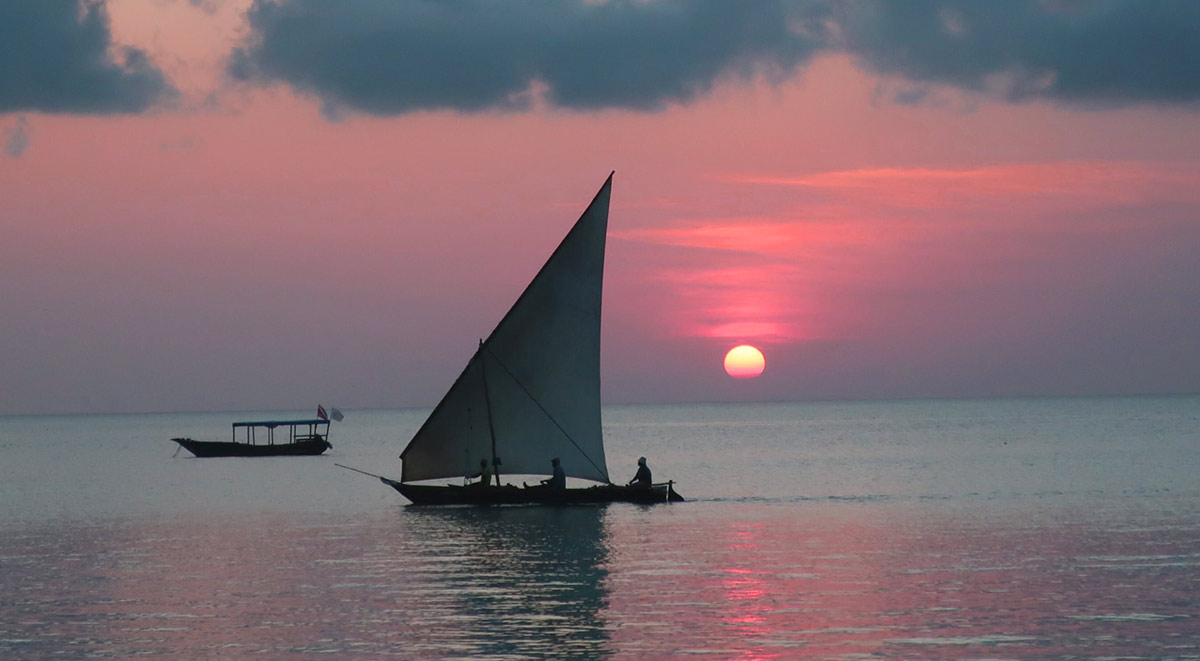
After days of thrilling safaris or trekking adventures, Zanzibar offers a soothing contrast — a paradise of white sands, turquoise seas, and gentle island rhythms. Known as the “Spice Island,” this archipelago off Tanzania’s coast blends African, Arab, and European influences into a mesmerizing tropical escape.
The island’s northern beaches, Nungwi and Kendwa, are perfect for swimming, sunset cruises, and snorkeling among vibrant coral reefs. The East Coast, including Paje and Matemwe, attracts kitesurfers and divers with steady breezes and thriving marine life. Beneath the water, the reefs teem with tropical fish, sea turtles, and occasional dolphins.
At the heart of Zanzibar lies Stone Town, a UNESCO World Heritage Site filled with narrow alleyways, carved wooden doors, and markets bursting with color and aroma. Wander past spice stalls, visit the Old Fort, or enjoy rooftop dining as the call to prayer echoes across the city.
Visitors can also tour the island’s spice plantations, where guides introduce you to cloves, cinnamon, nutmeg, and vanilla — crops that once made Zanzibar one of the most important trading ports in the Indian Ocean. In the evenings, hop aboard a traditional dhow sailing boat to watch the sun melt into the horizon.
Zanzibar isn’t just about beaches; it’s about slowing down, embracing island time, and reconnecting with simplicity. Whether you’re celebrating romance, recovery after a Kilimanjaro climb, or pure relaxation, Zanzibar’s blend of culture, cuisine, and calm makes it a world-class tropical retreat.
5. Go on a Safari in Tarangire and Lake Manyara National Parks
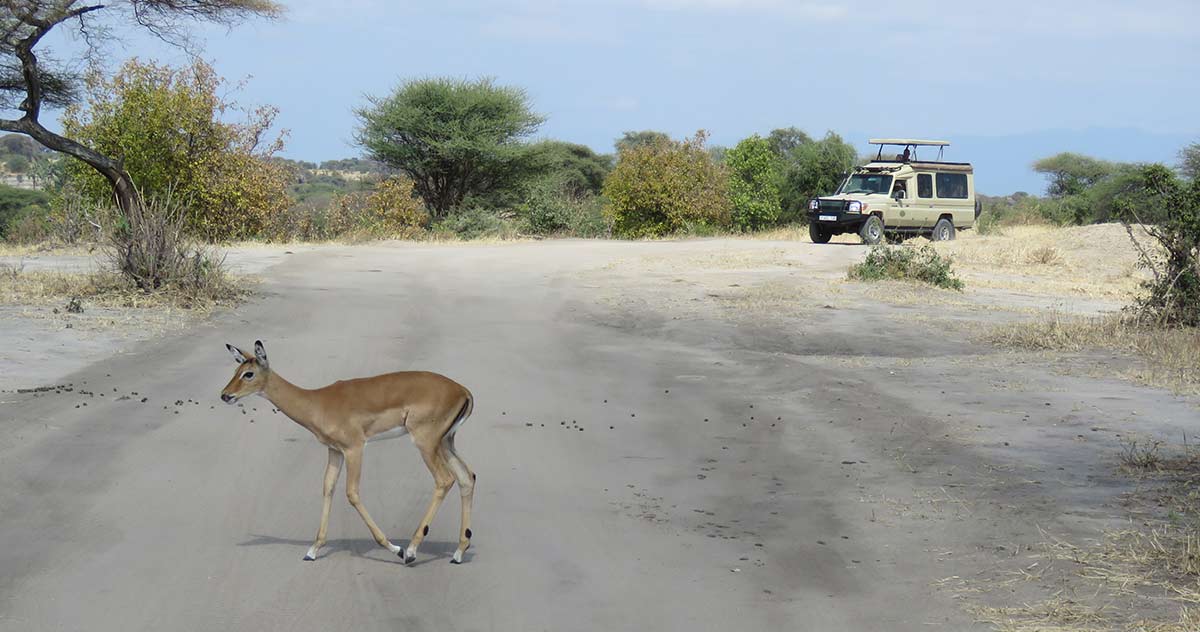
While the Serengeti rightfully claims global fame, Tanzania’s smaller northern parks — Tarangire National Park and Lake Manyara National Park — deliver equally rich wildlife encounters with fewer crowds and more intimate settings.
Tarangire, often called the “Land of Giants,” is renowned for its ancient baobab trees and massive elephant herds that gather around the Tarangire River, especially during the dry season from June to October. The park also hosts lions, leopards, giraffes, and more than 500 bird species.
Just a short drive away, Lake Manyara National Park offers a completely different ecosystem. Here, lush forests meet alkaline lakes where flamingos paint the shallows pink. The park is famous for its tree-climbing lions, troops of playful baboons, and an abundance of waterbirds.
For photographers and birdwatchers, Lake Manyara is paradise. The scenic contrast between dense forests, glimmering water, and steep rift escarpments makes it one of the most visually striking parks in East Africa.
Both parks are easily accessible from Arusha, making them ideal stops on a northern circuit safari. Consider these sample trips: 4 Days Manyara & Ngorongoro or 5 Days Tanzania Wildlife & Nature Safari. Together, Tarangire and Manyara combine to offer a serene yet spectacular glimpse of Tanzania’s diverse landscapes and wildlife — proof that great safaris don’t always require vast plains.
6. Trek with Chimpanzees in Gombe Stream National Park
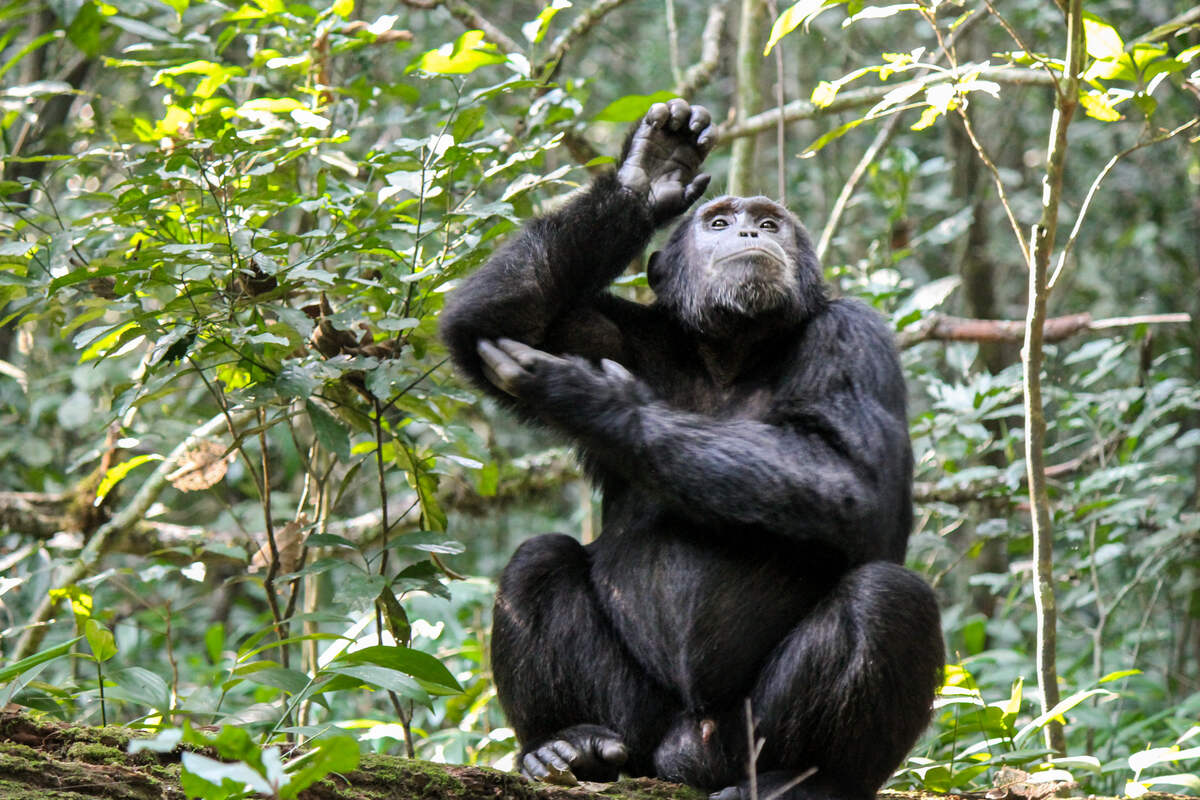
Hidden on the shores of Lake Tanganyika, the remote Gombe Stream National Park is a lush, green paradise best known as the site of Dr. Jane Goodall’s groundbreaking chimpanzee research. For decades, this small park has offered one of the most intimate and emotional wildlife experiences in Africa — trekking through rainforests to observe wild chimpanzees in their natural habitat.
Reaching Gombe requires effort — a boat journey from the town of Kigoma, followed by guided treks through steep jungle trails. But the reward is incomparable. Imagine standing just meters away from a family of chimpanzees, watching them groom, play, and communicate in ways that mirror our own behavior.
Aside from chimps, the park teems with wildlife, including red-tailed and colobus monkeys, bush pigs, and over 200 species of birds. Between treks, visitors can swim in the crystal-clear waters of Lake Tanganyika or relax on its quiet beaches.
Because of its isolation, Gombe remains one of Tanzania’s most peaceful destinations. Accommodation is simple yet scenic, and the lack of crowds allows a genuine connection to nature. The experience isn’t just about wildlife — it’s a spiritual encounter that reminds us of our place in the natural world.
A visit to Gombe Stream is ideal for those who crave authenticity and adventure. It’s not the easiest park to reach, but it’s one of the most rewarding, offering rare insight into both chimpanzee behavior and the beauty of Tanzania’s western frontier.
7. Dive and Snorkel in Mafia Island Marine Park
For travelers seeking underwater magic away from the crowds, Mafia Island is a hidden treasure. Located off Tanzania’s southern coast, this island is surrounded by crystal-clear waters, coral gardens, and one of the richest marine ecosystems in East Africa.
The Mafia Island Marine Park protects over 800 species of fish and 400 species of coral, making it a dream destination for divers and snorkelers. The reefs are vibrant yet untouched, with shallow lagoons perfect for beginners and deeper sites for advanced divers. From October to February, visitors can swim alongside gentle whale sharks, the world’s largest fish — an awe-inspiring experience unique to Mafia.
Beyond diving, the island’s charm lies in its peace and simplicity. Life moves at a slower rhythm here — fishermen mend nets by hand, dhows sail lazily on turquoise seas, and the absence of mass tourism makes it feel like your own private paradise.
Unlike bustling Zanzibar, Mafia Island offers authenticity, intimacy, and quiet luxury. Visitors can kayak through mangroves, visit tiny fishing villages, or simply unwind under palm trees as ocean breezes whisper through the air.
If you crave untouched beauty, Mafia is where you’ll find it. The combination of marine adventure, unspoiled nature, and serene atmosphere makes this island one of Tanzania’s best-kept secrets.
8. Experience Maasai Culture and Local Traditions
No visit to Tanzania is complete without connecting to its cultural heart — the Maasai people. Known for their red robes, intricate beadwork, and traditional dances, the Maasai embody the spirit of East Africa’s heritage. Visiting a Maasai village near the Ngorongoro Crater or Serengeti offers travelers the chance to learn about their customs, ceremonies, and way of life.
Guests are welcomed with song and dance, followed by opportunities to visit traditional manyattas (mud huts), learn how to make fire without matches, or hear stories of lion hunts and ancestral legends. These experiences are both educational and deeply moving, giving you a glimpse into a culture that has coexisted with wildlife for centuries.
On the coast, culture takes another flavor. In Zanzibar, you can tour spice farms that showcase the island’s rich agricultural heritage. Smell and taste cloves, cinnamon, nutmeg, and cardamom — the very spices that once made the island a powerful trading center.
Exploring local markets like Darajani in Stone Town or the smaller rural bazaars introduces you to everyday Tanzanian life: colorful fabrics, tropical fruits, and the friendly rhythm of Swahili greetings.
Cultural tourism in Tanzania enriches any itinerary, providing context and connection beyond landscapes. The warmth of its people, their traditions, and their deep respect for nature make Tanzania more than just a destination — it’s a story you live and remember forever.
Learn more about Tanzania’s people and culture here: Tanzanian People.
9. Enjoy Water Sports and Island Hopping
Tanzania’s coastline is a playground for ocean lovers. Beyond its idyllic beaches, it offers world-class water sports, vibrant coral reefs, and hidden islands waiting to be explored.
The east coast of Zanzibar, especially Paje, is a global hotspot for kitesurfing thanks to steady winds and shallow lagoons. Beginners can take lessons right on the beach, while experts perform gravity-defying tricks above turquoise waters. Snorkelers and divers can head to Mnemba Atoll, a protected marine reserve renowned for clear visibility, colorful coral gardens, and encounters with dolphins and sea turtles.
For a taste of old-world charm, sail on a traditional dhow at sunset — the wooden sailboats used by fishermen for centuries. Watching the sky turn golden while gliding across calm waters is one of Zanzibar’s most romantic experiences.
Island-hopping tours can take you to secluded sandbanks and smaller islets like Chumbe or Pemba, where you can picnic, snorkel, and swim in total serenity. For divers, Pemba’s vertical coral walls and Mafia’s whale shark encounters make Tanzania’s marine life among the best in the Indian Ocean.
Whether you’re seeking adrenaline or tranquility, the ocean delivers. Every wave, every reef, every island feels like a new adventure — proof that Tanzania’s magic doesn’t end on land.
10. Discover Dar es Salaam and the Tanzanian Coast
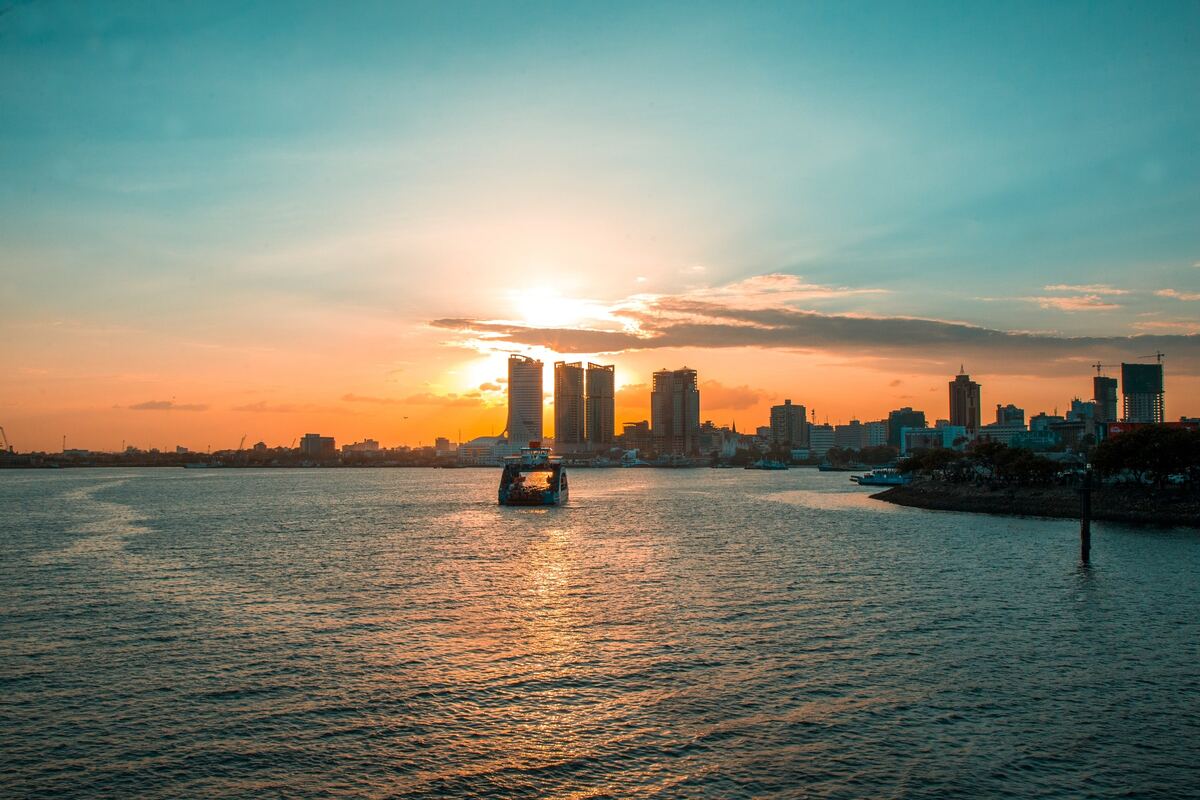
While Tanzania is best known for its safaris and islands, the coastal charm of Dar es Salaam offers a vibrant urban escape worth exploring. As the country’s largest city and cultural hub, Dar blends African energy with Indian Ocean calm — a place where modern life meets historic Swahili culture.
Start your exploration at the Kivukoni Fish Market, where fishermen haul in the day’s catch and the air buzzes with bargaining and laughter. Nearby, the National Museum provides fascinating insights into Tanzania’s tribal history, colonial past, and archaeological finds, including early human fossils from Olduvai Gorge.
For a taste of relaxation, head to Coco Beach or Oyster Bay, where locals gather for picnics, music, and street food. Try fresh grilled seafood or the city’s famous chipsi mayai — a delicious Tanzanian-style omelet with fries. In the evening, Dar transforms into a lively cultural scene, filled with live music, rooftop bars, and Swahili cuisine.
Just offshore lies Bongoyo Island, a small marine reserve only 30 minutes by boat. Its sandy shores, clear waters, and coral reefs make it ideal for snorkeling or sunbathing away from the city buzz. Other nearby escapes include Mbudya and Sinda Islands, each offering postcard-perfect tranquility.
Dar es Salaam is more than a gateway to Zanzibar or the southern parks — it’s a destination of its own. It showcases the spirit of Tanzania’s coast: warm, welcoming, and full of life. Whether you stay for a day or a week, the mix of city culture and seaside charm will surprise and delight you.
Bonus: Safari in Ruaha and Nyerere National Parks
If you’re craving an authentic, off-grid safari, head south. Ruaha National Park, Tanzania’s largest, offers rugged terrain, baobab forests, and predators galore — without the crowds. Nyerere National Park (formerly Selous Game Reserve) offers boat safaris on the Rufiji River.
Why Tanzania Should Be Your Next Adventure
Tanzania is a country that has it all: breathtaking landscapes, world-class wildlife, rich culture, and some of the friendliest people you’ll ever meet. From the snow-capped heights of Kilimanjaro to the coral reefs of Zanzibar, every corner of this nation tells a story of adventure, life, and beauty.
When planning your trip, mix experiences, combine a Serengeti safari with a few days in Zanzibar, add cultural immersion with Maasai villages, and maybe challenge yourself with a trek up Kilimanjaro.
No matter what you choose, Tanzania guarantees unforgettable memories and a deep connection with the natural world.
Planning your next adventure to Tanzania? Why not contact us? We’ll craft your dream itinerary—tailored dates, routes, and budget.


